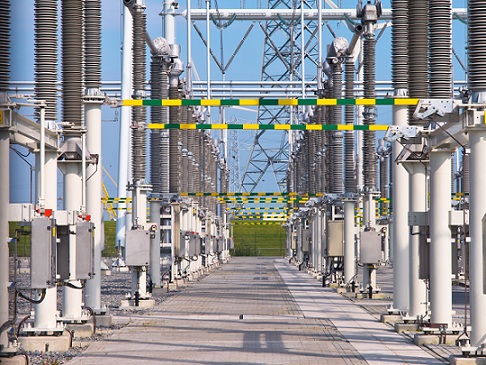Almost every production process results in waste products that can be used as raw materials for some other form of new production. The diminishing supply of oil resources will result in the recycling of industrial wastes in order to get new raw materials.
Such a term as ‘used lubricating oil’ (ULO) can be found in scientific publications, but what does it mean?
ULO is oil which previously had been in some type of industrial service and, as a result, became contaminated by physical and/or chemical impurities. The main difficulty is that when the oil was in service, some contaminants (water, dirt, metal particles, and chemicals) made the lubricating oil unfit for use.
Nowadays, ULO is one of the most common technogenic wastes that can cause serious environmental problems. The statistics show that the spent oil makes up about 20% of the total amount pollution found in surface water.
The recycling of used lubricating oil is of great importance because other ways (dumping or incineration of wastes) may lead to even greater environmental problems that result in great financial expenditures.
It is worth noting that the recycling methods must be chosen in such a way that they do not constitute threats to the biosphere. If you have read publications, dedicated to recycling of used lubricating oil, you may come across various terms such as recycling, purification, or regeneration.
The term ‘purification’ means a continuous or periodic processing of lubricating oil using such units as sedimentation tanks, filters, centrifuges, or adsorbers. An important point is that the final product of the purification process does not always match the quality of fresh oil. The purification may be followed by decoloration of used oil, but sometimes the performance characteristics may be below the acceptable range. Creation of some circular contours may be necessary to purify used oil without its discharge from the oil filled equipment. This procedure may be applied to engine, turbine, industrial as well as all kinds of transformer oils.
The term ‘regeneration’ usually means the procedures, aimed at reclamation of used oil’s performance characteristics to those of the initial product.
Regeneration is a set of more complex physical and chemical processes such as coagulation, adsorption, or sulfuric acid refining.
The de-sludging, filtration, centrifugation and vacuum processing are the major methods of the used oil reclamation process. More complex physical and chemical methods are applied if the oil is very contaminated or very old. The on-site regeneration of used lubricating oil can be very cost effective.
GlоbeCоre has developed and is still producing a variety of mobile oil stations in the CMM , CFU and CMM equipment lines. GlobeCore’s modern and efficient oil procesing equipment allows the equipment owners to extend the service life of oils and thereby greatly reducing the costs of new replacement oil.
GlоbeCоre produces equipment of German quality, which is recognized in more than 70 countries of the world.
A proper choice of oil purification equipment allows equipment owners and operators to solve a wide range of tasks that greatly benefit their production processes.
Many countries have practiced a method of separate collection of used oil that allows the companies to get a high-quality product, as well as a minimum amount of waste products from the regeneration and recycling processes.
It is therefore, the problem of collection and regeneration of used lubricating oil is of vital importance nowadays. If performed properly, the cost for regenerated oil may be reduced by 40-70% as compared with the new oil.

